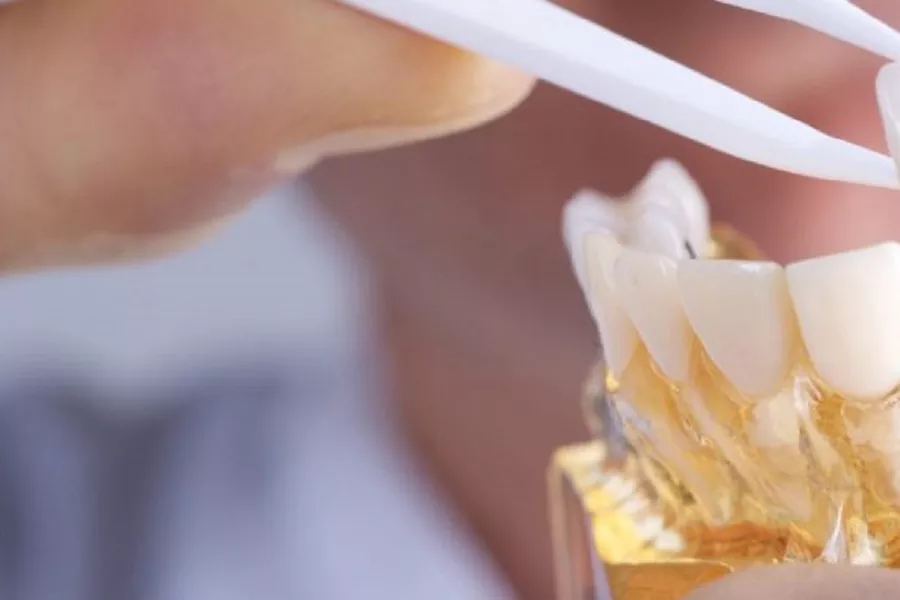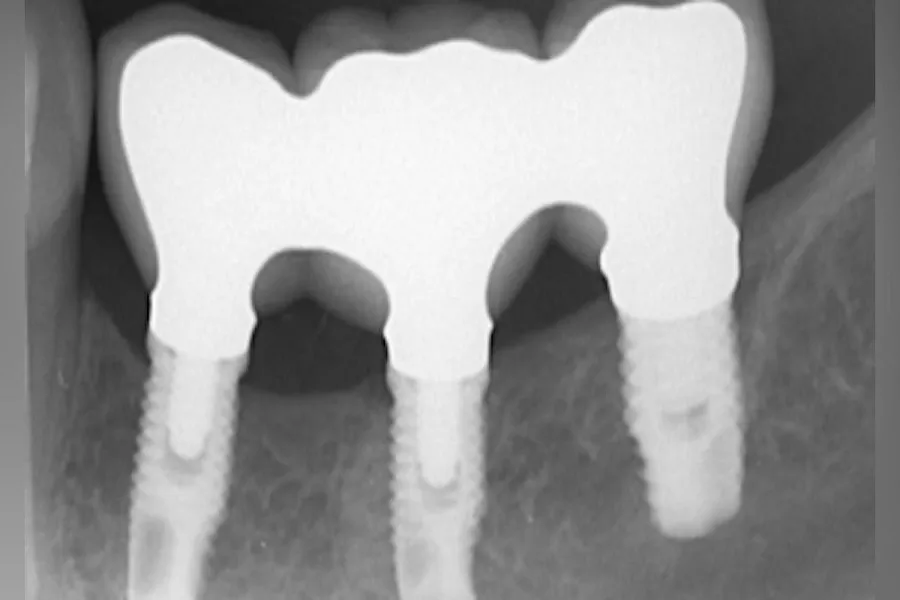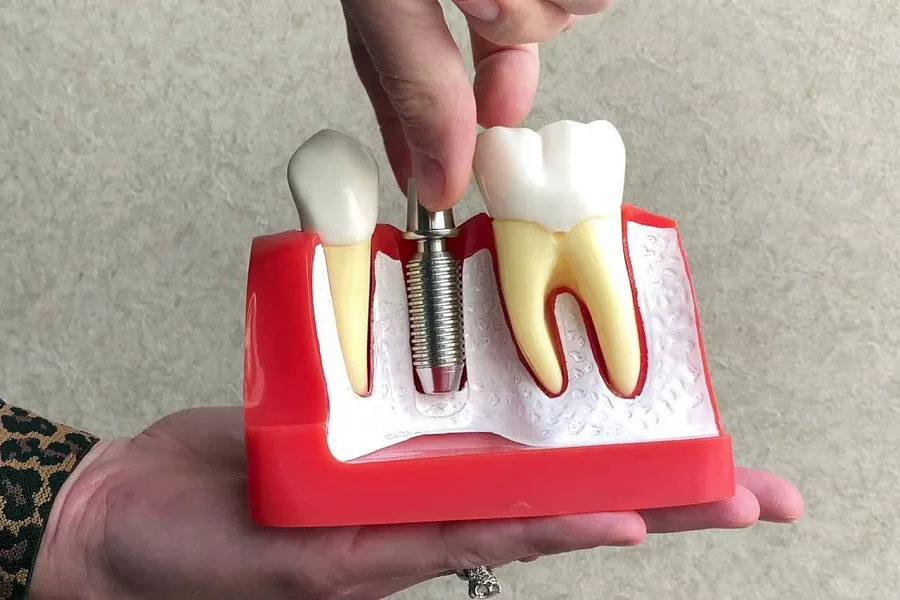Hazards of long-term loss of half-mouth teeth The loss of half-mouth teeth should be repaired in time, and long-term tooth loss will have a great impact on dental health. Dental problems are closely related to our physical health. Dental implants can repair missing teeth and make your mouth healthier. Hazards of long-term loss of half-mouth teeth 1. Decreased or lost masticatory function Under normal circumstances, after food enters the oral cavity, it is gradually chewed by the teeth. When the food is chewed, it also stimulates the oral cavity and causes neural reflexes. Promote the secretion of gastrointestinal juices and help digestion; on the other hand, it also promotes gastrointestinal peristalsis and accelerates the absorption of nutrients. When individual teeth are missing or dentition is missing, the chewing efficiency is reduced or lost, saliva secretion is reduced, gastrointestinal motility is slowed down, unchewed food enters the gastrointestinal tract, and the burden on the gastrointestinal system increases, resulting in gastrointestinal Functional disorders affect the body’s absorption of nutrients, and in severe cases, the body may experience digestive system diseases. 2. Affecting the appearance of the face When people are missing a front tooth, or even missing a cut angle of the front tooth, the face shape will be affected. The lack of teeth will be unreasonable in certain occasions, and the impact of all the missing teeth on the face shape will be more serious. After all the teeth are missing, due to the loss of the support of the teeth between the upper and lower jaws, and the alveolar bone or the entire jawbone will gradually degenerate and absorb due to the lack of stimulation of normal chewing force, resulting in a shortened height of the lower part of the face and a lower part of the cheek. And the surrounding muscles are slack, the lips and cheeks are sunken, the corners of the mouth are drooping, the facial deformation and wrinkles are increased, and the whole person looks older than his peers. 3. There is a certain limit to the chewing force that the teeth can bear. When individual teeth are missing, the chewing force is concentrated on the remaining teeth. Because the chewing force exceeds the bearing limit of the remaining teeth, the remaining teeth are traumatized. Periodontal ligament edema, gingival recession, alveolar bone resorption, tooth loosening and other periodontal diseases. The treatment and restoration of artificial dental implants are roughly divided into three stages (1) preoperative inspection and preoperative treatment, such as extraction of particularly loose teeth, residual roots, filling teeth, treatment of periodontal disease, removal of bad dentures, adjustment and correction Bad occlusion, etc. The time required for this stage will vary depending on the individual’s treatment situation. (2) Implant surgery stage: When your doctor implants the implant into the bone through surgery according to the preoperative design plan, the postoperative reaction is small. The time to place an implant is approximately 10-30 minutes. (3) Four to six months after surgery, replace or install permanent crowns or dentures. Permanent crowns are made of porcelain. Its texture is excellent, the color is vivid, comfortable and beautiful, the recovery function is satisfactory, and it is durable.
Reminder: For more knowledge about tooth filling, dentures, crooked teeth, etc., please pay attention to: padmel.com, to provide you with comprehensive and professional dental care knowledge such as dentures, invisible dentures, and other dental care.






























